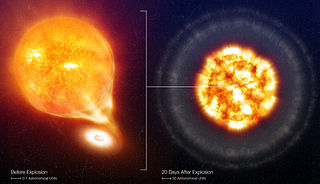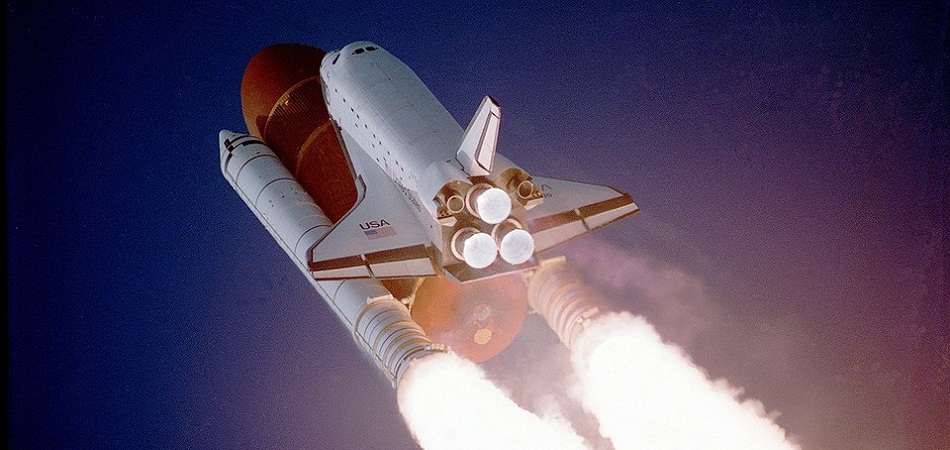
Amateur star-gazers from Australia are leading the large-scale search for exploding stars to help scientists understand the secrets of dark energy and measure the growth of the universe.
The search for exploding stars is part of a project launched by Australian National University to speed up the search for supernovae. The supernovae explosions are used by astronomers to measure the universe and the acceleration of its growth. These explosions are as bright as 100 million billion billion billion lightning bolts. These exploding stars can briefly outshine entire galaxies and radiate huge amount of energy much more than the energy that our sun will radiate in its entire lifetime. These explosions are also the primary source of heavy elements in the universe. NASA describes supernovae as “the largest explosion that takes place in space.”
A supernova, on average, occurs about once every 50 years in a galaxy the size of the Milky Way. The manner in which a star dies actually depends in part on its mass. For example, the mass of our sun is enough to make it explode as a supernova There are two ways for a star to go supernova. In Type I supernova, a star accumulates matter from a nearby neighbor until a runaway nuclear reaction ignites. In Type II supernova, a star runs out of nuclear fuel and collapses under its own gravity. Astronomers can determine the distance of the dying star by observing how quickly it fades.
“Using exploding stars as markers all across the universe, we can measure how the universe is growing and what it’s doing,” said Dr Brad Tucker from the ANU Research School of Astronomy and Astrophysics.
“We can then use that information to better understand dark energy, the cause of the universe’s acceleration.”
Citizen scientists taking part in the project will use a web portal on Zooniverse.org to search images taken by the 1.3-metre SkyMapper telescope. They will look for the differences and mark those differences for the researchers to analyze. Every month, SkyMapper captures thousands of new images of the southern sky for the supernova search project.
“With the power of the people, we can check these images in minutes and get another telescope to follow up,” he said.
“Thousands of passionate people can achieve things that would take scientists working alone years to do.”
“The first people who identify an object that turns out to be a supernova will be publicly recognised as co-discoverers,” said Dr Möller.
“We are examining an area 10,000 times larger than the full moon every week. As well as finding Type Ia supernovae, which we use to measure how the universe is expanding, we will also find other types of supernovae that change in brightness with time — ranging from a couple of weeks to months.”
“If we discover supernovae early, we have a good chance of understanding them, as well as having better measurements for the expansion of the universe.”

